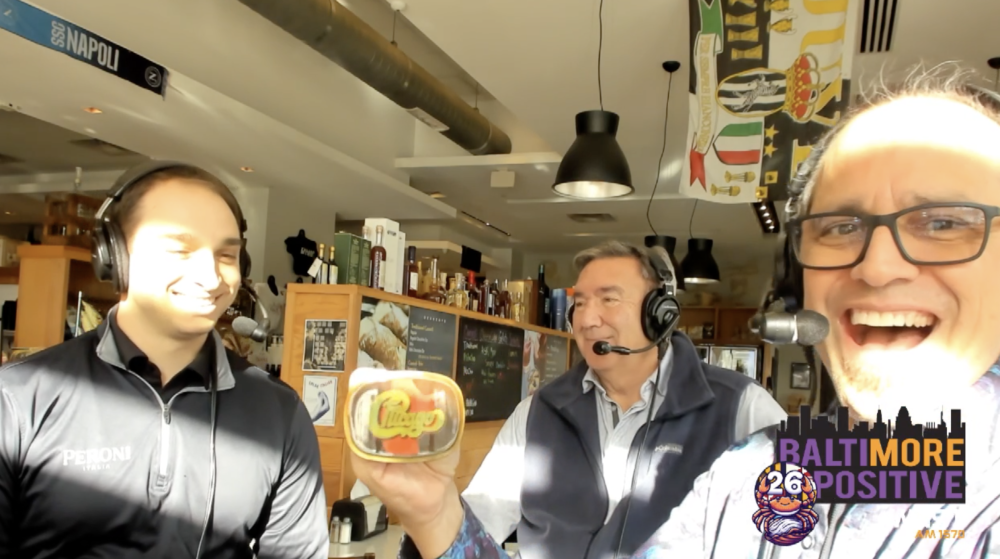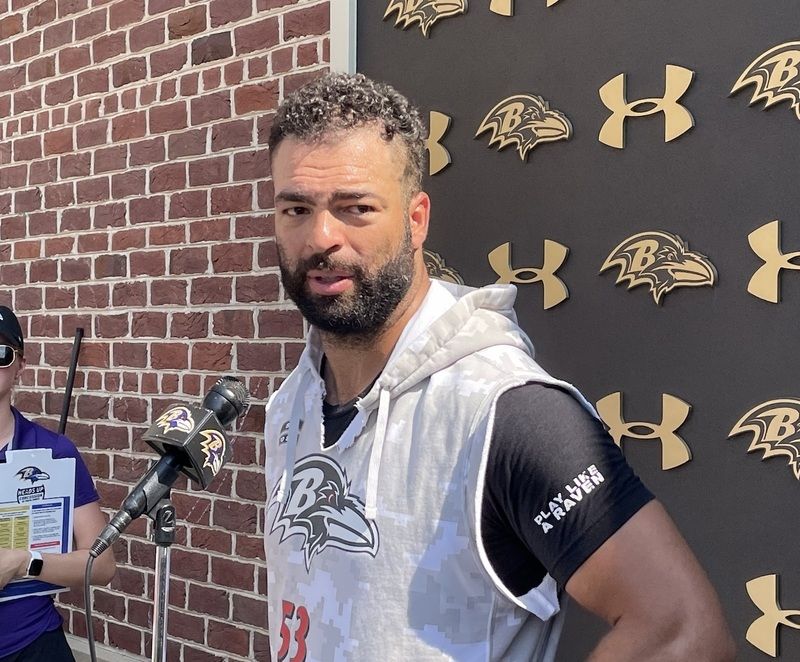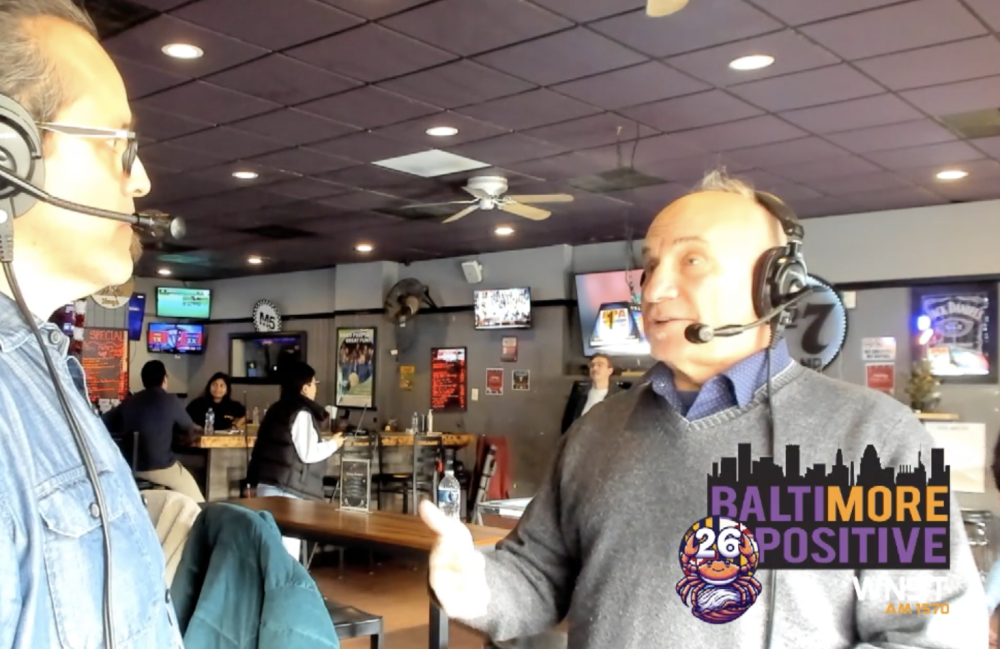“When we bought this team we paid $173 million for it and we owe approximately $75 or $80 million on it. In other words, we put up about $90 million in cash and the rest of it was mortgaged – like you get a mortgage on a business or a home or property you might own. We have to pay roughly $9 or $10 million a year in principal and interest on this franchise. And that hasn’t stopped us from being one of the top-spending clubs in the American League or for that matter Major League Baseball. The reason we are is because, basically, it’s the support of the fans that come to see the Orioles. Now in a way, it’s self-perpetuating. If you give the fans, particularly Orioles fans, a winning team, a team that’s competitive you’re going to get supported completely. I believe in that. Along with that ballpark that’s the gem of all ballparks, I believe that if we put a potential winner on that field every year, which is what we intend to do, we will be successful. And eventually we’ll make some money, and also we’ll pay off the mortgage which is also an important proposition.”
Peter G. Angelos
March 1997
SOMETIMES, THE MISINFORMATION AND PROPAGANDA that Peter G. Angelos and his minions at the Baltimore Orioles spin regarding money, affordability and profit seems inconceivable to anyone who has been paying attention for almost a quarter of a century and doing the math.
It’s been a generation of mostly awful baseball and an extremely poor commitment to a winning product on the field for the fans of the Orioles.
Meanwhile, it’s been an absolute goldmine of riches for the Angelos family.
The results, the actions, the promises, the facts, the lies – it all speaks for itself.
The team’s record on the field since 1994 is 1665-1829. That’s four playoff appearances in 22 seasons. The team spent the first decade of the century finishing more than 20 games out of first place in the AL East race every season – and more than 30 games back in five of those 10.
Peter G. Angelos contributed $29 million toward the purchase of the Baltimore Orioles in the summer of 1993. Now, almost 23 years later, the empire has totaled up nearly $3 billion in total value – recent earnings totaling nearly $1 billion plus the current value of the properties.
But it’s almost like following the Donald Trump campaign with a fact checker. For many with a clear view, the “truths” are self-evident. But in the local media, no amount of promises or lies is ever held to accountability. The sports journalism done here is softer than the bottom of the current Orioles 2016 rotation – or maybe even the batting order, for that matter.
In this six-part series, “MASN Money For Dummies,” I’m here to fact check for Orioles and Nationals fans. This is Chapter 2 outlining the history of the local television network and its purpose and links to creating revenue for the local baseball franchises.
Chapter 1 outlines the goal of the series and is available here.
Last month at the team’s Fan Fest, former 50-home run king and current high-ranking Orioles executive Brady Anderson continued to spread the fallacy through the local media that the franchise is a “small to mid-market” team.
That is – very simply – a lie. It’s a myth from another era.
All of the numbers and profits will bear that out.
And if you judge the history of spending, winning, litigating and profiteering – it’s very clear the owner isn’t sincerely committed to winning and competing with other Major League Baseball teams for the best talent available and putting the best players possible into an Orioles uniform each spring.
And why should Angelos spend money or raise the payroll when the real money arrives via the MASN television network long before any commitment to winning is necessary?
In the old days, MLB teams needed to sell tickets and put asses in the seats to make money. Winning and having star players doing it was the formula to making money – or at least the prayer of turning an annual profit on a baseball team.
Angelos is now making between $75 and $100 million in profit per year with the current system of a low baseball payroll for the Orioles and a quiet, widely misunderstood cable television annuity that last year grossed MASN – and Angelos currently owns 83% of that entity – over $200 million from your living room according to SNL Kagan.
It guarantees this to be – by far – the most profitable investment in local sports franchise history.
I’ve done the math. Per Forbes, the Orioles made $197 million in profit between 2005 and 2014. The Angelos portion of MASN has made $397 million in profit since 2009. There was another undocumented chunk between 2005 and 2008 that was at least $100 million in total profit plus the $75 million in cash that MLB gifted him in two payments at the start of the deal.
His initial $29 million personal investment in the Orioles during the summer of …



























